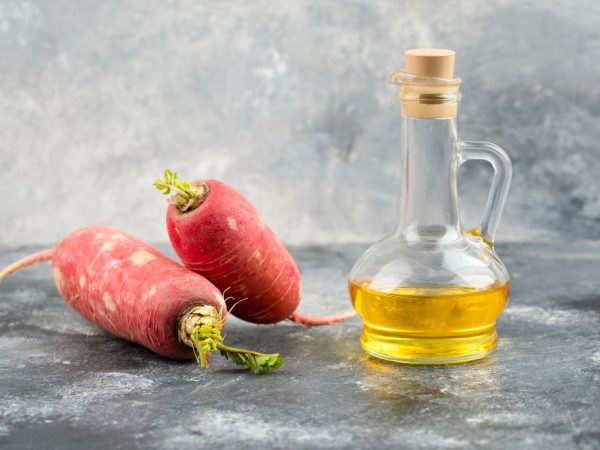Vinaigrette – the versatile and beloved dressing that adds zing and flavor to salads, vegetables, and more. But what are the secret ratios behind this culinary staple? Let’s uncover the magic behind a traditional vinaigrette and explore the perfect proportions for crafting a delicious dressing that will elevate any dish.
Oil and Acid
At the heart of every vinaigrette lies the dynamic duo of oil and acid. Oil provides richness and smoothness, while acid adds brightness and tang. The most common oils used in vinaigrettes include olive oil, grapeseed oil, and avocado oil, each imparting its unique flavor profile. For the acid component, options abound, including vinegar (such as red wine vinegar, balsamic vinegar, or apple cider vinegar), lemon juice, lime juice, or even citrus zest. The key is to strike the right balance between oiliness and acidity to achieve a harmonious blend of flavors.
Three Parts Oil to One Part Acid
While there is no hard and fast rule when it comes to vinaigrette ratios, a classic starting point is three parts oil to one part acid. This ratio provides a balanced combination of richness and acidity, resulting in a smooth and flavorful dressing that enhances the ingredients it coats. However, feel free to adjust the ratio to suit your personal taste preferences – some may prefer a more acidic dressing, while others may favor a richer, oilier texture.
Binding Oil and Acid Together
One of the challenges of making vinaigrette is achieving emulsification – the process of combining oil and acid into a stable mixture. To facilitate emulsification, it’s essential to introduce an emulsifier, such as mustard, honey, or egg yolk, which helps bind the oil and acid together and prevent separation. Additionally, whisking vigorously or using a blender or food processor can help create a smooth and creamy vinaigrette that coats ingredients evenly.
Customizing with Flavor Enhancers
While the basic components of oil, acid, and emulsifier form the foundation of a vinaigrette, the possibilities for customization are endless. Experiment with flavor enhancers such as minced garlic, shallots, fresh herbs, spices, or sweeteners like honey or maple syrup to add depth and complexity to your dressing. Incorporating ingredients like Dijon mustard, soy sauce, or Worcestershire sauce can also impart additional flavor and complexity.
Balancing Sweetness and Saltiness
In addition to acidity, sweetness, and richness, achieving a balanced level of saltiness is crucial for a well-rounded vinaigrette. Adding a pinch of salt helps enhance the other flavors in the dressing, while a touch of sweetness can counteract the acidity and add depth. Taste as you go and adjust the seasoning to achieve the perfect balance of sweet, salty, sour, and savory flavors.
Experimenting with Variations
Once you’ve mastered the classic vinaigrette ratio, don’t be afraid to get creative and experiment with variations. Try different combinations of oils, acids, and flavor enhancers to create unique and exciting dressings that suit your taste preferences and the ingredients you have on hand. Whether it’s a tangy citrus vinaigrette, a creamy tahini dressing, or a spicy ginger soy vinaigrette, the possibilities are endless.
Crafting Your Perfect Blend
In conclusion, mastering the ratios for a traditional vinaigrette is all about finding the perfect balance of oiliness, acidity, sweetness, and saltiness. By starting with a classic ratio of three parts oil to one part acid and incorporating flavor enhancers and seasonings to taste, you can create a delicious and versatile dressing that will elevate any dish. So go ahead, unleash your creativity in the kitchen, and craft your perfect blend of flavors with a homemade vinaigrette that’s uniquely yours.
